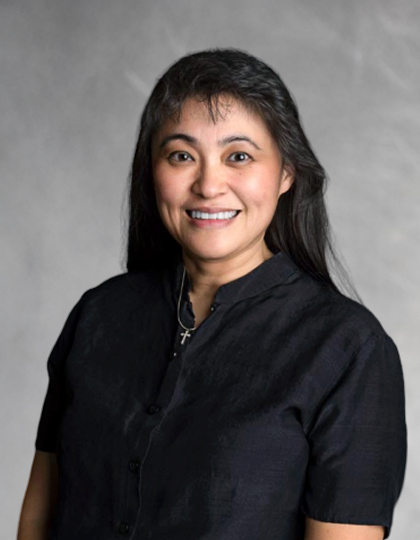Proven ways to reduce keratinocyte cancers and melanoma
By: Catherine Chen, MD and Maya Thosani, MD | in collaboration with HonorHealth Cancer Care

Catherine Chen-Tsai, MD

Maya Thosani, MD
Skin cancers are the most commonly diagnosed cancers in the U.S., with basal cell carcinoma (BCC), cutaneous squamous cell carcinoma (CSCC) and melanoma together outnumbering all other malignancies combined.
Annually, there are approximately 3.3 million new cases of BCC, an estimated over one million cases of CSCC and more than 200,000 cases of melanoma. Statistically, the majority of skin cancer deaths are attributed to invasive melanoma, since state and national cancer registries track this data. However, the dermatology community suggests that CSCC causes at least as many, and possibly up to twice as many, deaths as melanoma, though CSCC mortality is not currently tracked. Catastrophic CSCC most often occurs among high-risk populations, such as organ transplant recipients (OTRs).
Risk factors
Shared risk factors for BCC and CSCC include:
- Fair skin, light eyes and red hair.
- Increased age.
- Immunosuppression, which is a major concern for OTRs, who have a 100 to 200 times increased risk of CSCC compared to the general population.
- Certain genetic syndromes.
- Indoor tanning, ionizing radiation and exposure to chemicals like arsenic and coal tar.
- Human papillomavirus (HPV) infection.
- Daily environmental exposures, such as ultraviolet (UV) light. Chronic, low-level exposure is linked to BCC, while long-term accumulation of UV light is a risk factor for CSCC.
For melanoma, intermittent severe sunburns, particularly those experienced during youth, contribute to a higher risk later in life. Statistics show that getting five or more sunburns between the ages of 15 and 20 increases the risk for melanoma by 80%.
Prevention strategies
A foundational approach to prevention is sun protection:
- SLIP into sun-protective clothing, such as long sleeves and pants. A thin white shirt, for example, offers an SPF of only three.
- SLOP on sunscreen with a minimum SPF of 30, applying it at least 15 minutes before sun exposure.
- SLAP on a full-brimmed hat (not a cap or visor) and sunglasses.
Additional strategies for high-risk patients
For high-risk patients, such as those who are immunosuppressed or have a high tumor burden, preventing and treating actinic keratoses (AKs), the precursors to CSCC, are crucial.
Dietary and oral supplements
- Dietary changes can include reducing fat intake so that it accounts for only 20% of total calories. It’s also beneficial to eat foods high in beta-carotene, such as carrots, sweet potatoes, pumpkin and dark leafy greens like spinach and kale.
- Oral supplements like nicotinamide (niacinamide), taken at 500mg twice daily, have been shown to decrease AKs by 35% and keratinocyte cancers by 23%. The supplement polypodium leucotomos (brand name Heliocare) can be taken 30 minutes before sun exposure to extend the time it takes to get a sunburn. It can be taken at 360–480mg daily after a consultation with a dermatologist.
Topical and procedural therapies
- Over-the-counter topical creams can be applied before prescription treatments to reduce thick, scaly skin. The suggested sequence is to first apply urea 30% (Eucerin Callus Relief), then salicylic acid (CeraVe SA) and then ammonium lactate (AmLactin).
- Prescription therapies include topicals such as imiquimod 5% (which is safe for OTRs), 5-fluorouracil and the oral acitretin.
- Photodynamic therapy (PDT) is an in-office procedure that studies have shown is instrumental in preventing CSCC in OTRs when performed every two months for six months and then at least every six months thereafter.
- Treatment areas can include the face, scalp, chest, arms and legs. Protocols vary by dermatologist, but PDT is typically covered by insurance once or twice a year. Because the treatment is controlled in-office, there are no compliance concerns, which is one reason PDT has been found to be more effective than topicals.
Taking a collaborative, proactive approach to skin cancer prevention
By eliminating precursors of BCC and CSCC through this combination of sun protection, diet, oral supplements, topical creams and procedural therapies, we can significantly reduce our patients’ need for countless small and potentially painful surgical procedures while improving their long-term outcomes.
While melanoma remains the deadliest form of skin cancer on a case-by-case basis, it’s important to recognize that cutaneous squamous cell carcinoma (CSCC) causes more total cancer-related deaths each year. This underscores the importance of prevention and early treatment for all forms of skin cancer.
